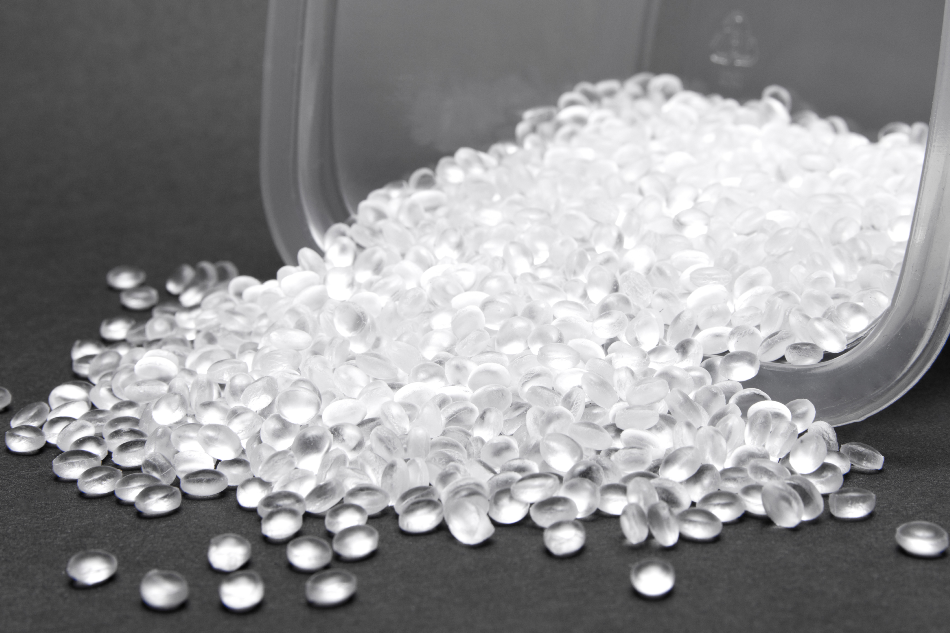What are shape memory polymers?
Shape memory polymers were first conceived back in the 1940s when L. B. Vernon and his colleagues discovered the shape memory properties of polymers, reported in a 1941 paper. Following this, two decades later scientists began using covalently cross-linked polyethylenes within heat-shrinkable tubing and film, representing the next milestone in the development of shape memory polymers.

Image Credit: StanislauV/Shutterstock.com
The benefit of shape memory polymers is that they can change their physical shapes into a pre-determined form in response to a specific stimulus, such as heat, stress, moisture, electricity, pH, light, a chemical compound, or, as we will discuss below, magnetism. They also have the advantages of being highly elastic, relatively low cost, have low densities and have potential biocompatibility and bio-degradability. They are easily processed, and as we will outline below, have the versatility that gives them the potential to be used in several applications.
It was not until the 1980s that researchers focused efforts on developing new applications for these polymers, a research focus that continues to the current day. Now, major advances are being made, with researchers last year announcing the development of the magnetic shape polymer that will have even more potential applications than the traditional shape memory polymer.
The development of magnetic shape memory polymers
Last summer, researchers at the Paul Scherrer Institute PSI and ETH Zurich published a paper in which they describe how they established a new polymer with magnetic shape memory that retains a pre-determined shape when it is introduced into a magnetic field.
The paper, published in the scientific journal Advanced Materials, outlines how the team developed the material from two components. Using a methodology different from that of developing previous shape-memory materials, the researchers designed a polymer with droplets of magnetorheological fluid embedded within it.
The new polymer is constructed of a silicone-based polymer with small droplets of water and glycerine that contain tiny floating particles of carbonyl iron. These particles give the polymer magnetic properties, allowing the material to encode a shape memory. The material can be manipulated into a shape, which, when it is within a magnetic field will retain this shape. When the magnetic field is removed, the polymer will return to its original shape.
Potential applications
Current applications of shape memory polymers include many uses in architectural engineering, such as producing sealants and self-healing materials, sensors and actuators, and numerous applications in vibration control.
The new kind of magnetic shape memory polymer will open new areas of potential application. Researchers predict that it will allow for new types of composite material to be developed for applications in the fields of medicine, aerospace, electronics, robotics, and more. They see it as a starting point for a new class of mechanically active materials, particularly for medicine and robotics.
Examples of the material uses could be in developing new catheters that can amend their stiffness in response to being pushed through blood vessels to the surgical site, helping improve the procedures of minimally invasive operations.
It is also expected that they will be used for the development of new shape-memory materials used in rover vehicle tires of space exploration crafts. Scientists believe the polymer will be able to create tires that can inflate or holdup automatically, which will help improve space exploration and make processes easier, with fewer requirements from human workers.
Further to this, it is predicted that the new magnetic shape memory polymers will facilitate the development of new, soft, functional materials for use in power or data cables that require a degree of flexibility to allow them to be used in wearables and robots. This will significantly improve the kinds of robotics that will be possible, as it will allow them to make complex mechanical movements without the use of a motor.
Sources:
https://www.researchgate.net/publication/328181521_Applications_of_Shape_Memory_Polymers_in_Kinetic_Buildings#pfb
https://phys.org/news/2019-06-material-magnetic-memory.html
Disclaimer: The views expressed here are those of the author expressed in their private capacity and do not necessarily represent the views of AZoM.com Limited T/A AZoNetwork the owner and operator of this website. This disclaimer forms part of the Terms and conditions of use of this website.